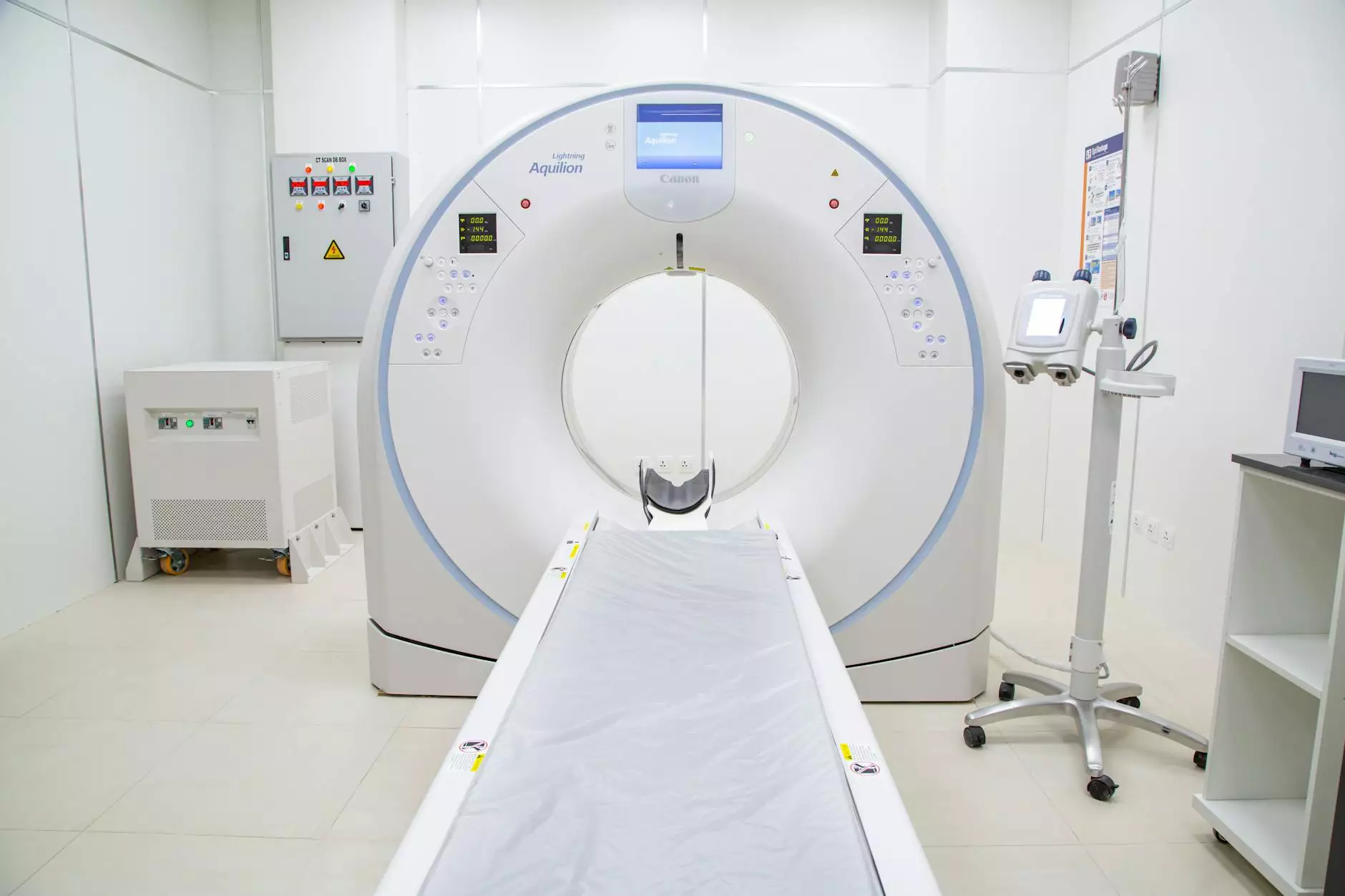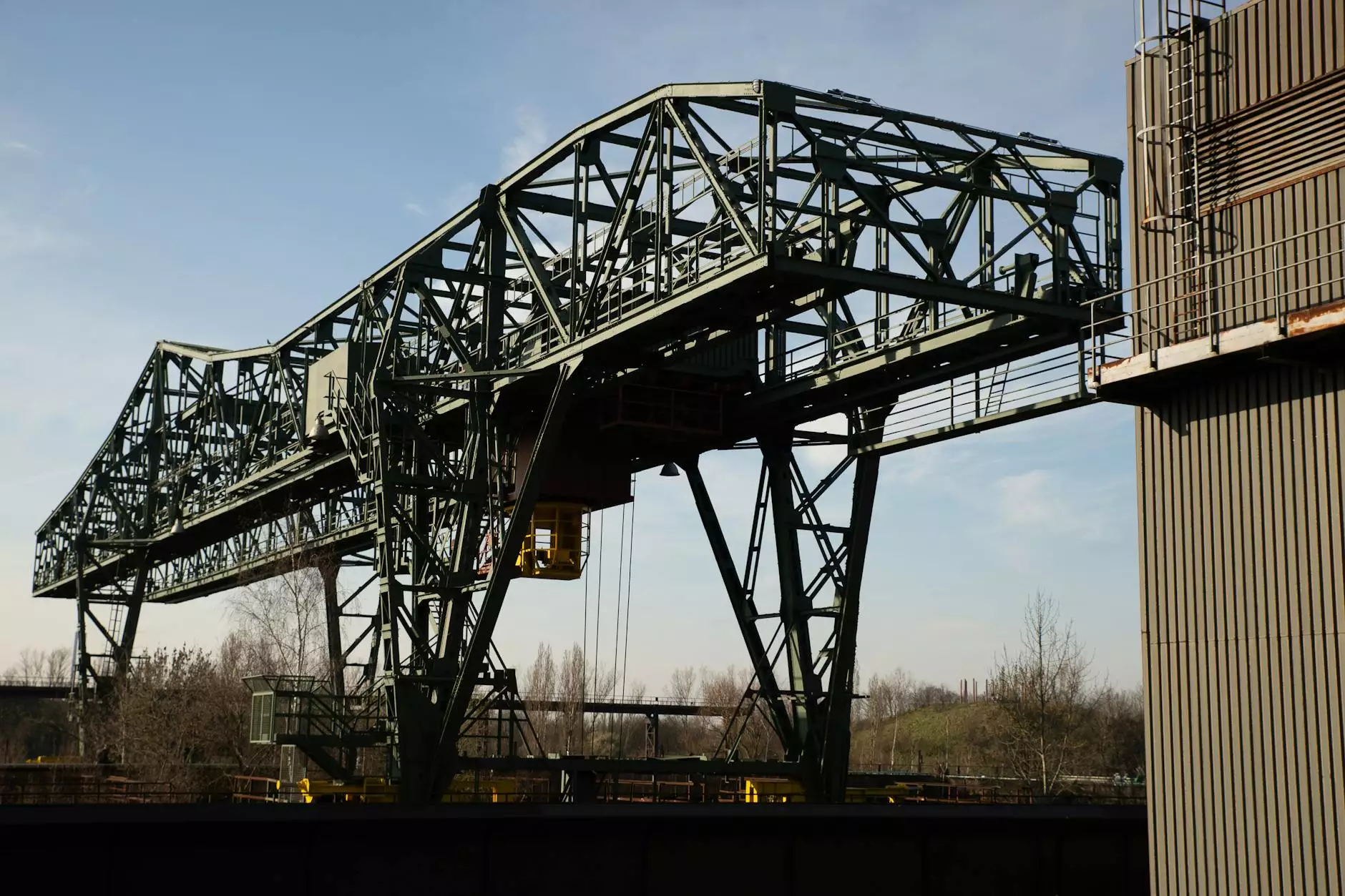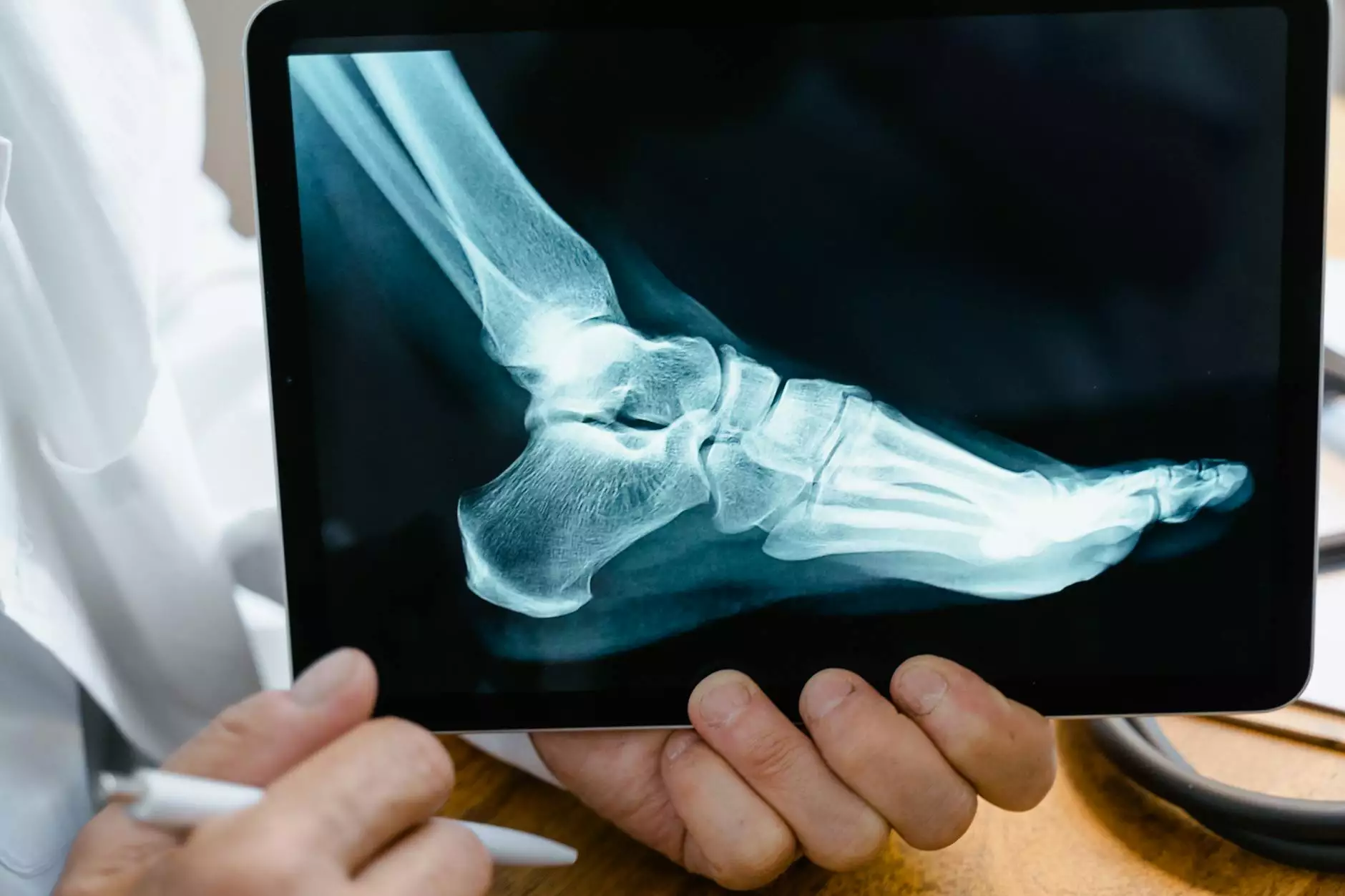Comprehensive Guide to MRI Installation for Medical Facilities

MRI installation is a critical process for any medical center or diagnostic service provider looking to offer advanced imaging services. With the growing need for accurate diagnostic tools in the healthcare sector, understanding the intricacies of MRI installation is paramount.
Understanding MRI Technology
Magnetic Resonance Imaging (MRI) is a sophisticated imaging technique that uses strong magnetic fields and radio waves to generate detailed images of organs and tissues within the body. Unlike X-rays and CT scans, MRI does not involve ionizing radiation, making it a safer option for patients.
Importance of Professional MRI Installation
Whether you are a small diagnostic clinic or a large hospital, the installation of an MRI machine requires meticulous planning and execution. Below are some reasons why professional MRI installation is crucial:
- Safety: Proper installation ensures that the MRI machine operates safely, minimizing risk to both patients and staff.
- Efficiency: Expert installation optimizes the machine’s functionality and reduces downtime, which is critical for patient care.
- Compliance: Adhering to industry standards and regulations during installation helps avoid legal issues and ensures patient safety.
- Quality Imaging: The accuracy of diagnostic imaging is directly related to the installation quality.
Steps for Effective MRI Installation
Here’s a detailed breakdown of the steps involved in installing an MRI machine:
1. Site Assessment
The first step in the MRI installation process is a comprehensive site assessment. This involves evaluating the physical space where the MRI machine will be placed. Key factors to consider include:
- Room size and layout
- Electrical capacity and power requirements
- Room shielding to prevent magnetic interference
- Access for maintenance and patient movement
2. Structural Modifications
Based on the site assessment, necessary structural modifications may be required. This could involve:
- Reinforcing floors to support the weight of the MRI machine
- Installing specialized shielding materials to protect against magnetic leakage
- Creating an optimal layout for workflow efficiency
3. Power and HVAC Setup
The MRI machine requires substantial electrical power and must be supported by an adequate HVAC system. This includes:
- Ensuring adequate electrical outlets and backup power options
- Setting up climate control systems to maintain optimal operating temperatures
4. Installation of the MRI Unit
Once the site is prepared, the actual installation of the MRI machine can begin. This step includes:
- Carefully positioning the MRI unit within the room
- Connecting necessary cables and systems
- Integrating the machine with existing hospital IT systems
5. Testing and Calibration
Post-installation, thorough testing and calibration are essential to ensure the machine operates effectively:
- Running diagnostic tests to verify functionality
- Calibrating imaging protocols for accuracy
- Training staff on machine operation and safety procedures
Benefits of MRI Installation in Medical Centers
Integrating an MRI machine into your medical facility offers numerous benefits:
- Improved Diagnostic Capabilities: MRI provides clearer and more detailed images than many other imaging techniques, leading to better diagnoses.
- Increased Patient Throughput: Having in-house MRI capabilities can increase your facility’s throughput, resulting in higher revenue and improved patient satisfaction.
- Enhanced Reputation: Offering advanced imaging services enhances your facility's reputation as a quality healthcare provider.
- Flexibility: The ability to perform MRIs on-site allows for quicker patient response times and streamlined workflows.
Considerations for MRI Installation
While the benefits are clear, there are also important considerations to keep in mind during the MRI installation process:
1. Cost Analysis
The initial cost of MRI installation can be significant. It is essential to conduct thorough financial analysis to understand the return on this investment.
2. Space Utilization
Careful planning must be done to ensure that the MRI system does not obstruct workflow in the facility and that other departments can function effectively.
3. Staffing Needs
Qualified staff must be trained to operate the MRI machine and interpret the results accurately. Ongoing training programs may also be required.
Conclusion: Investing in Quality MRI Installation
In conclusion, the installation of an MRI machine is a significant investment for any healthcare provider looking to deliver exceptional diagnostic services. By ensuring that proper installation procedures are followed, facilities will not only enhance their technological capabilities but also improve patient care and operational efficiency.
For professional assistance with MRI installation services, consider partnering with expert providers like Echo Magnet Services. Their dedicated team understands the complex requirements of MRI installation, ensuring that your facility can harness the full potential of this vital diagnostic tool.









